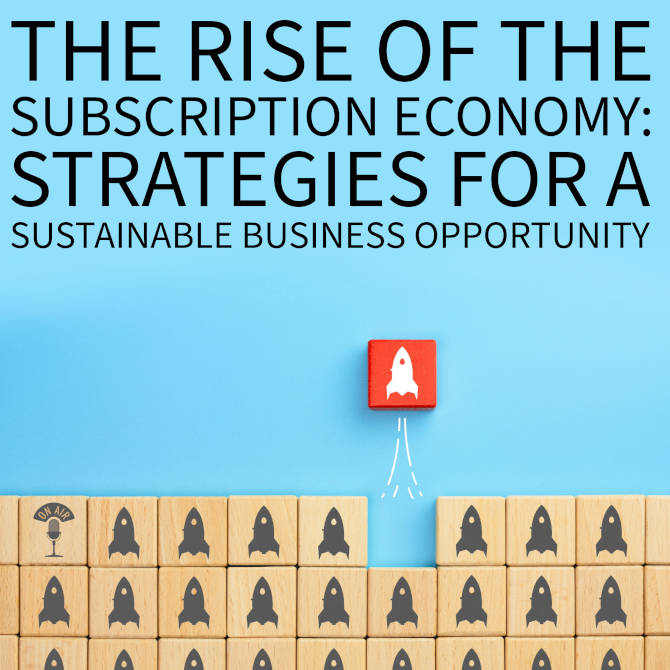Introduction: A Tale of Two Salespeople on Oxford Street
There was a new clothing store that just opened up in Oxford Street, which is a bustling street that’s a mile long, a million visitors a day. It’s a nightmare to actually go there. Now, we’d never been in there before, so we were kind of pumped up to check out the different styles and try on some new outfits.
The Impact of First Impressions in Customer Experience
Mike was wanting to buy an outfit; I wasn’t really looking. But as soon as we walked in, there was this table. Just, I don’t know, like 15. Feet away from the entrance and the salesperson in there, he was sitting on his phone, which I personally can’t stand. And then when we asked him, can you direct us to the shirts?
He let out a big sigh and reluctantly pointed where we needed to go. That’s really awful, but hey ho. So, we walked over to the shirts, and we could hear him in the background complaining to another employee about how hectic his day had been. To say our customer experience got off to a rocky start, would be an understatement.
The Power of Positive Customer Interaction
Luckily, this lovely salesperson came over and she helped us pick out a new shirt. You know, Mike had picked up this Hawaiian shirt. Oh my God, it was hideous. I was a little bit more tactful than that. I didn’t say it’s hideous, but it really looks awful. He’s, according to him, they’re back in fashion. Not in the fashion areas that I’m looking, but hey ho, but she came over and she sort of persuaded Mike to go in a different shirt direction and chose a shirt, which actually looks fantastic on him and then started recommending some other items that would work well with this specific. shirts. She was ever so friendly and actually seems to be enjoying her job.
And you know what? Mike ended up purchasing not only one shirt, but also other items that she recommended. We left the store with a huge grin on our faces, despite the original grumpy salesperson we’d encountered as we entered.
The Significance of Customer Experience in Business Success
I suppose that goes to show you the importance of the customer experience.
The first salesperson we came across could have easily lost the store our business with his sort of negative attitude. However, the second salesperson turned things totally around and made us feel like appreciated customers. It doesn’t really matter whether you’re running a small business or a large corporation.
It’s always crucial to remember the value of the customer experience and strive to make every interaction a positive one. And who knows, you might just end up making someone’s day. Like that second salesperson did for us.
Understanding Customer Experience (CX): The Basics
As you’ve probably realised is that we’re going to be talking about customer experience or CX for short. Now you might be thinking, what is CX and why do I need to know about it? Well, CX is extremely important. If you want to run a successful business, what exactly is CX simply put it’s the sum total of all the experiences a customer has with your brand from the moment they first hear about you to the time they make a purchase and beyond.
Every interaction they have with your business is part of the CX. It’s basically the overall impression they have of your brand based on their experience. Some of you might be thinking, okay, that sounds nice, but why should I care? Well, the answer is simple.
Why Customer Experience is Crucial for Your Business
CX can make and break your business. If you provide a great customer experience, you’ll have happy customers who are more likely to buy from you again and recommends you to others. On the other hand, if your CX is poor, you’ll have dissatisfied customers who will likely take their business elsewhere and may even leave you negative reviews, which none of us want. Now think about it. If it’s like this, have you ever had a bad experience with a business, whether it’s a root salesperson, as I mentioned earlier, or a difficult checkout process?
How likely were you to shop with them again? Now imagine that same experience but multiplied. By hundreds or thousands of customers. That is a lot of potential business lost, you know.
Strategies for Improving Customer Experience
So how can you improve your CX? It’s all about putting yourself in the customer’s shoes and making their experience as smooth and enjoyable as possible.
This can include things like easy-to-use websites, responsive customer services, and personalized marketing. The key is to listen to your customers and take their feedback into account when making these changes. At the end of the day, providing a great customer experience is one of the most important things you can do for your business.
Measuring Customer Experience: Key Metrics to Focus On
Let’s talk about how we measure customer experience, specifically the key metrics you need to know if you want to get a read on how your customers feel about your business.
Net Promoter Score (NPS): Gauging Customer Loyalty
First on the list is the Net Promoter Score, um, or better known as NPS. This is a fancy way of saying, how likely are you to recommend us to your friends and family?
Basically, you ask your customers this question, and then they give you a score on a scale from 0 to 10. Those who give you a 9 out of 10 are classified as promoters, while those who give you a score of 6 or below are the detractors. The idea is that if you have more promoters than detractors, you’re doing something right.
Customer Satisfaction Score (CSAT) and Customer Effort Score (CES)
Then next up, you have the customer satisfaction score or CSAT. This one is about asking your customers how satisfied they are with your product or service. You might ask them to rate their satisfaction on a scale of one to five. For example, the higher the average score, the happier customers are. Then there’s the customer effort score, CES.
This is the one about measuring how easy or difficult it is for your customers to do business with you. The theory is that the easier it is for the customers to interact with your business, the more likely they are to stick around. And then moving on, we’ve got the customer churn rates. This one’s pretty straightforward. It measures the number of customers who stopped doing business with you over a certain period of time. Obviously the lower this number is the better.
Understanding Customer Churn Rate and Lifetime Value (CLV)
Then we have the customer lifetime value or better known as CLV. This metric is all about how much money a customer is likely to spend with you over a course of their relationship with your business.
And obviously the higher the CLV, the more valuable that customer is to you. I know there’s a lot of acronyms that are utilized. Acronyms are everywhere and you’ll find a lot of these agencies will just stick to the acronyms and expect you to understand. So hopefully there, you’ve actually got an understanding of what, you know, customer lifetime value is.
So, when somebody turns around and says CLV is so important, you’ll know exactly what they’re talking about.
Making Customer Feedback Fun: The Emoji Experiment
I remember doing one customer feedback form and it was for a big-name retailer about a recent shopping experience and I very seldom fill them out, but you know, you just need a range of people to do that.
And when I got asked the question for me to rate my satisfaction, the answer choices were emojis. I’m talking happy faces to sad faces and everything in between. I have to admit, I actually did chuckle because I hadn’t seen that before. So, while measuring CX might not always be great fun or a riot, there’s definitely ways to inject some element of humour and fun into the process.
I’m looking forward to the time that I can make a feedback form that is just full of emojis and nothing else.
Conclusion: The Importance of Regularly Measuring CX
Anyway, thank you for tuning into this episode on measuring and improving customer experience, the key metrics and techniques. I hope you enjoyed this episode, and it provided you with valuable insight and strategies that will enhance your customer experiences and improve your business performance.
Remember, understanding your customers’ needs and preferences is crucial to building a loyal customer base and driving that business growth that we all want when we have our businesses. And by regularly measuring and analysing customers experience metrics, businesses can identify the areas for improvement and implementing these strategies to enhance the overall customer experience.
If you have any questions or feedback, please feel free to reach out to me. Don’t forget to subscribe to my podcast and for more insights and strategies on business, sales and marketing, follow and subscribe.











